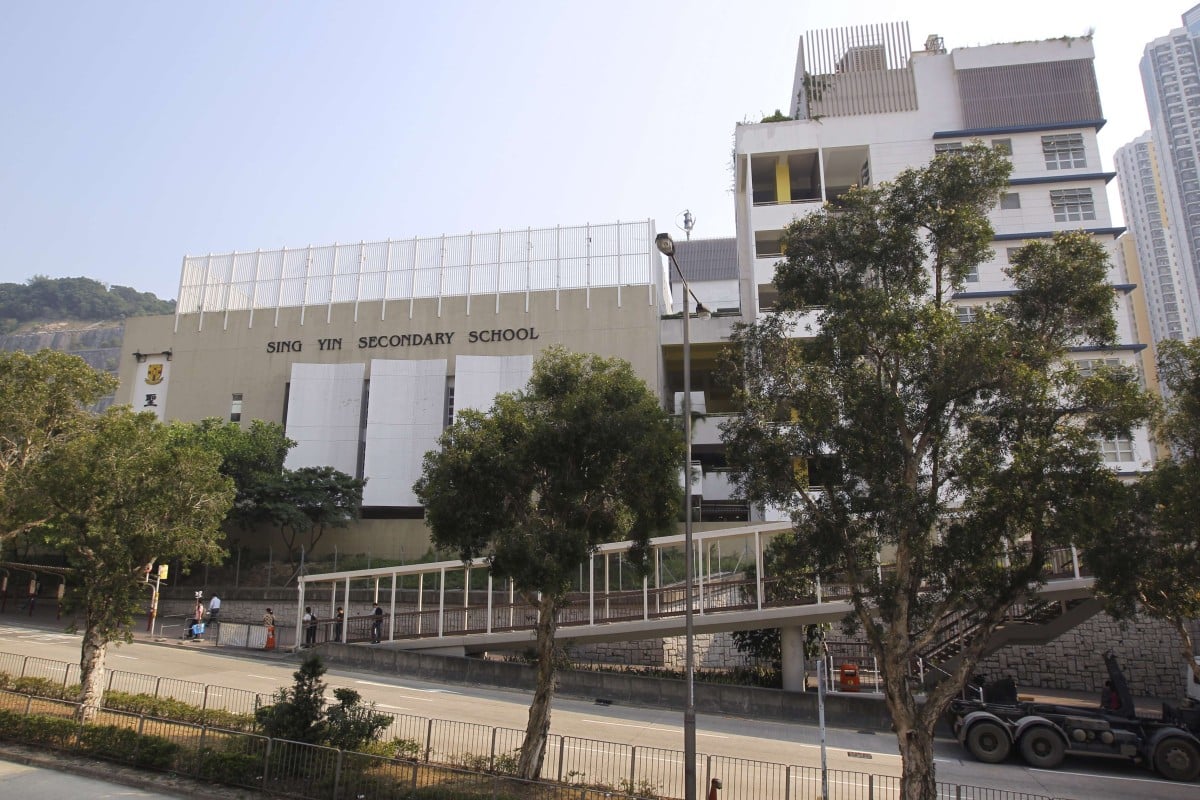
Schools in Hong Kong are finding ways to pollute less by cutting out their greenhouse gas emissions
 Sing Yin Secondary School is one of the greenest schools on earth.
Sing Yin Secondary School is one of the greenest schools on earth.At the Paris climate conference in December, world leaders and governments signed an agreement to keep global warming below 2 degrees Celsius. To achieve this goal, we need to reduce carbon dioxide emissions and transform our economies to being zero-carbon – ie, they emit no greenhouse gases – by the end of this century.
Worldwide the energy we use for everyday life, for example, to provide lighting and air conditioning, and to power our gadgets and appliances, is a big source of carbon dioxide. In high-density Hong Kong, electricity use accounts for more than 60 per cent of the total local emissions, and buildings account for some 89 per cent of total electricity use.
Architects, engineers and scientists are working on ways to make our buildings – including schools – more environmentally friendly. ZCB, Hong Kong’s first zero-carbon building, demonstrates a range of technologies and design features that can be used to reduce the carbon footprint of our buildings.
In 2013, Sing Yin Secondary School in Kwun Tong was named one of the Greenest Schools on Earth by the World Green Building Council. This school uses energy-saving features such as solar panels, motion sensors that switch lights on only when rooms are being used, and an efficient air-conditioning system and elevators. Sing Yin uses 20 per cent less electricity than the average Hong Kong secondary school.
Schools all around the world are studying ways of making their buildings zero-carbon. This can be done by installing photovoltaic panels on roofs to generate electricity from the sun and using boilers that burn recycled cooking oil or sustainable bio mass.
In the near future, zero-carbon schools could help to protect the planet and at the same time provide a comfortable and healthy environment in which students can study and teachers can work.